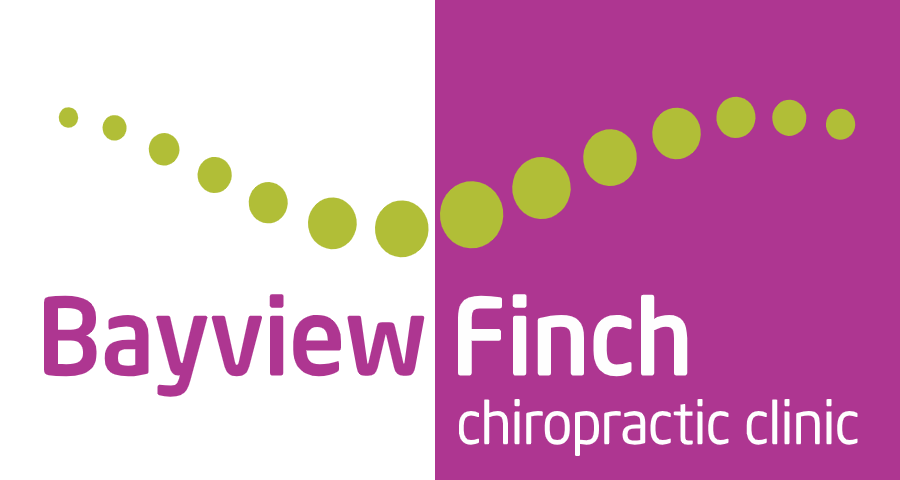Many people, whether old or young, experience subluxation degeneration due to poor spinal health, but the sooner you embrace chiropractic care, the sooner you can embark on a journey towards optimal health. We’re on a mission to become your Toronto chiropractor, and continue to serve our community with a focus on optimal health regardless of age.
Aging is a natural part of life and something we must all go through. Over time, misalignments of the spine will occur if not taken care of, and our nervous system does not communicate with other areas of body as well as it once did. Chiropractic care is designed to find solutions to these health issues and strengthen the spine, so you can enjoy living in the moment rather than sitting on the sidelines — and with regular chiropractic care, you will discover that you do not have to go through the aging process alone or with extreme discomfort.
Phases of Spinal (subluxation) Degeneration
Optimal Phase 1 Phase 2 Phase 3 Phase 4
Phase I : Spinal misalignment
The first phase of spinal degeneration is not painful and often goes unnoticed. Over time, the normal curves of the spine alter and start to show changing spaces between the discs. While this doesn’t mean damage has been done, it is a sign that there could be damage in the future. Chiropractic care recognizes this phase of degeneration and works to correct it and prevent further misalignment.
Phase 2 : degeneration begins
In the second phase, many people still do not realize they have spinal degeneration, even though the space between discs continues to narrow and stiffness and aches start to develop. You may also notice your range of motion is not as extensive as it once was. While prior range of motion may not be able to be achieved again, chiropractic care can help restore many functions.
Phase 3 : degeneration continues
During the third stage, there may be permanent damage to the disc and the spine may have curvature that is abnormal. While the degeneration has worsened, chiropractic care can still make a positive impact through spinal adjustments by slowing the process down and relieving some of the issues you may be having.
Phase 4 : Advanced degeneration
In the final stage of spinal degeneration, many notice their quality of life has decreased due to issues such as limited range of motion and permanent damage to the vertebrae. However, there is sometimes relief during this stage when getting the proper chiropractic care in Toronto at BFCC — even in Phase 4. Applying the best techniques for subluxation degeneration can help relieve pain and improve overall nerve and body functions.
Degenerative Disc Disease
What is Degenerative Disc Disease?
Degenerative disc disease is not as much a disease as it is a name for the changes that can happen to the spine as we age. Our discs are made of a tough, rubbery exterior and a soft interior. They sit between the vertebrae to act as shock absorbers. As we age, the spinal discs begin to degenerate. This can cause herniated discs, bulging discs, spinal stenosis, and osteoarthritis.
Degenerative Disc Symptoms
The degeneration of spinal discs may cause no symptoms at all, and symptoms depend on each patient and the severity of their case. Pain may occur at the site of the affected disc in the back or neck. As the pain is often caused by compressed nerves, this pain can also travel to other areas of the body like the buttocks, arms, and legs. Numbness and tingling in the arms and legs may also be experienced. Pain can range from mild to severe and debilitating.
Degenerative Disc Causes
As mentioned previously, our spines can degenerate as a natural part of aging. Tears in the tougher outer layer of the disc are common as we grow older. and when the discs begin to lose fluid, they become smaller and less flexible. In addition to aging, other factors that may come into play, including obesity, smoking, repeated physical work, and injury.
Degenerative Disc Treatment
Pain caused by degeneration is often treated with hot or cold packs and an anti inflammatory medication. When disc degeneration causes problems like herniated or bulging discs, spinal stenosis, or osteoarthritis, other forms of treatment may be beneficial. This may include physical therapy, stretching, and in some cases, surgery. While degenerative disc disease is a natural part of aging, there are things you can do to prevent pain and stay healthy. If you are experiencing frequent back or neck pain, be sure to visit our office for an examination so we can create a treatment plan for you.



